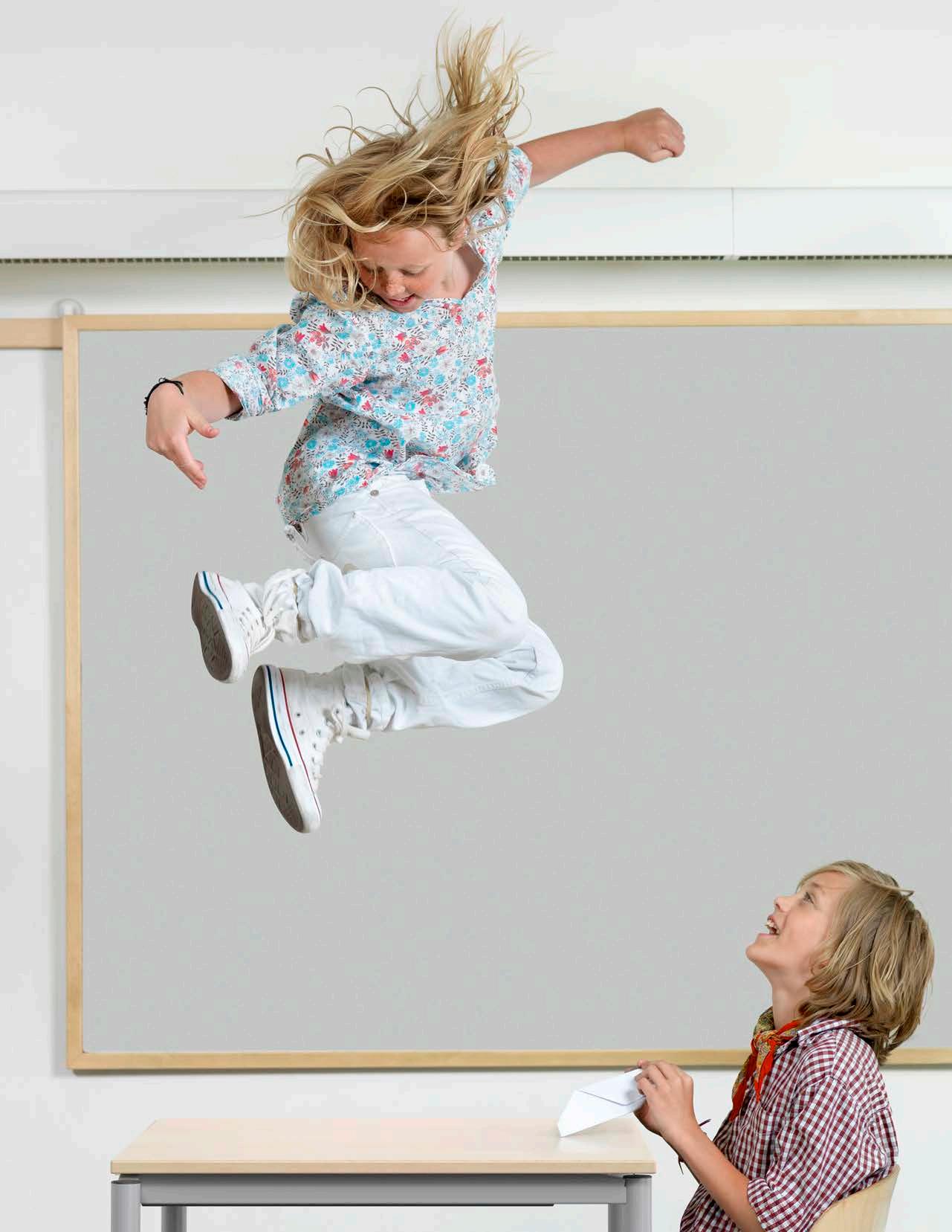

Spaces In Motion
furniture solutions by VS
Agile
Dr. Dieter Breithecker
Dr. Dieter Breithecker is a Health and Kinetics Scientist, and is the President of the Federal Institute on the Development of Posture and Movement in Germany. As an international expert he has presented all over Europe, Asia, Indonesia, North and South America, Australia, and Arabia. Dr. Breithecker has published several leading articles and booklets, video productions and lectures, most recently on the subject of “Ergonomics for Human Learning/Work Stations.”
His emphasis in research is comprised of the following issues:
• Sitting is the new smoking. What are the consequences?
• Physical activity and the impact on physical and mental health
• Well-being as a result of complex physical, mental, and emotional interdependencies
• Enriched environments – health preventive measures in school and office

President of the Bundesarbeitsgemeinschaft für Haltungsund Bewegungsförderung e.V. (Federal Institute on the Development of Posture and Movement)
Well-being and positive emotions are the basis for long-term learning.
When pedagogy, architecture, and design are aligned, the goal of meeting the physiological requirements of teachers and learners is on the path to success.
An essential starting point is considering the whole person. Each of us has complex interactions between body, mind, and emotions. These processes require needs-appropriate learning rhythms and teaching programs to inspire the curiosity and desire to discover new things. When these are met, school becomes a place of holistic well-being and positive emotions, the basis for longterm learning.
With the goal of helping students learn how to learn, responsible schools shift their focus from the standard dissemination of knowledge to leading students to individualized problem-solving strategies.
Diversity, self-organization skills , teamwork , collaboration, and project-oriented learning are integral parts of a fluid school culture. The architecture supports this ideal with specialized learning areas, quiet zones, and open learning landscapes. Equally vital, furniture that’s agile enough to be quickly reconfigured according to the lesson plan and that supports healthy posture.
The goal of this brochure is to inspire architects, designers, and teachers with space design that has positive effects on healthy physical and mental development. Also, to continually support teaching, learning, and education in a way that makes these processes easier.
Dr. Dieter Breithecker
The most important performance driver is well-being.

Spaces in Motion.
Let’s create learning spaces that embody dynamic flexibility, healthy ergonomics, and compassion.
The hidden power of spaces.
Study, work, and living spaces have a long-term impact on our physical, mental, and social well-being. This underscores the important role spaces and furnishing play in meeting our physiological needs.
Throughout human development, our ancestors faced spatial conditions that constantly presented them with physical, mental, emotional, and social challenges. The resulting adaptive behavior is the success story of human physiology. As a species, we would not have survived by sitting still.
Successful learning engages the body, mind, and soul.
There is a strong connection between humans’ perception of environment (sensory stimulation), emotional reactions, and well-being – which is the most important driving force of performance.
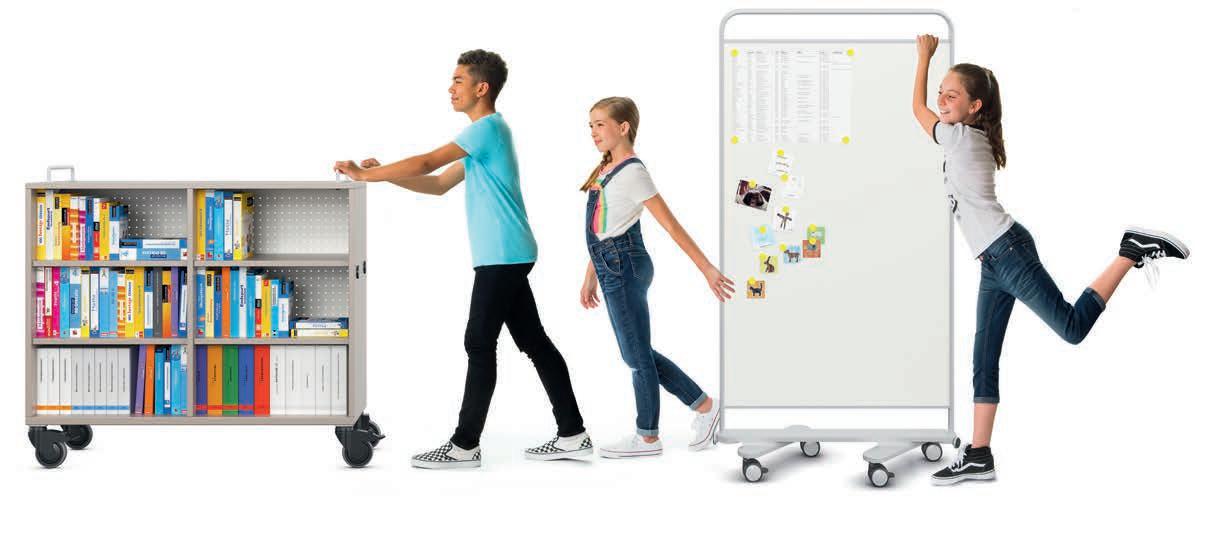
Sensory perception
Unconscious stimuli has a lot to do with how we feel and act.
When you enter a room, your senses – sensory organs such as eyes, nose, ears – are exposed to an overwhelming amount of sensory information to process (an average of 400,000/sec concerning all human sensory organs). However, only .00004% reaches our consciousness (cf. Norretranders 1994, Zimmermann 1993). A “filter effect” protects our center of consciousness from overloading.
What this tells us is that the majority of the information we perceive remains in our unconscious (limbic system). Nevertheless, it has a decisive influence on our emotional state and intuitive decision-making processes.
Spaces and the sensory impressions they unconsciously deliver “can heal, experience, satisfy, stimulate, or make ill.”
(Mahlke, Schwarte 1997)
We are biological organisms that evolved in nature. Well-being, awareness, concentration, social exchange, motivation, and learning success are heavily linked to how much the spatial conditions affect our sensory system via natural elements.
That’s why health-oriented interior design concepts are now placing greater importance on natural daylight, good acoustics, and climate. According to researchers, these design factors clearly impact the mood and learning performance of students and teachers (cf. Higgins et al. 2005, Tanner, Langford 2003).
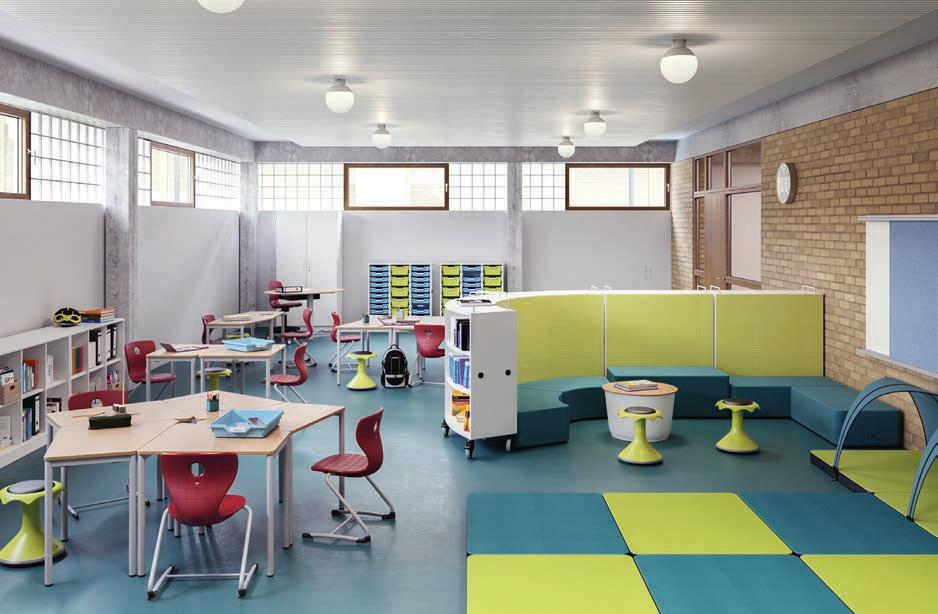
What positively stimulates our senses?
Optical sense (eyes): Natural daylight, colors, plants, vision.
Acoustic sense (ears): Relaxing sounds and language.
Sense of smell (nose): Fresh air, pleasing room ambiance.
Sense of touch (skin): Natural materials, different shapes.
Sense of taste (tongue): Natural herbs, spices.
And added to the above, our proprioceptive sense, which relates to balance, muscles, posture, and movement.
Keeping our sensory organs engaged keeps us aware and alert.
The interaction of the sensory organs in the body, brain, and muscular system.
Our sensory organs, including those for balance and muscle activity, need regular stimulation for positive development. Movement promotes brain activity, increases circulation, and supports learning
Fidgeting, for example, enhances focus and cognitive function. Research shows that children need frequent movement to avoid physical and mental disorganization, and students who move more perform better academically.
Muscle activity = nourishment for the brain.
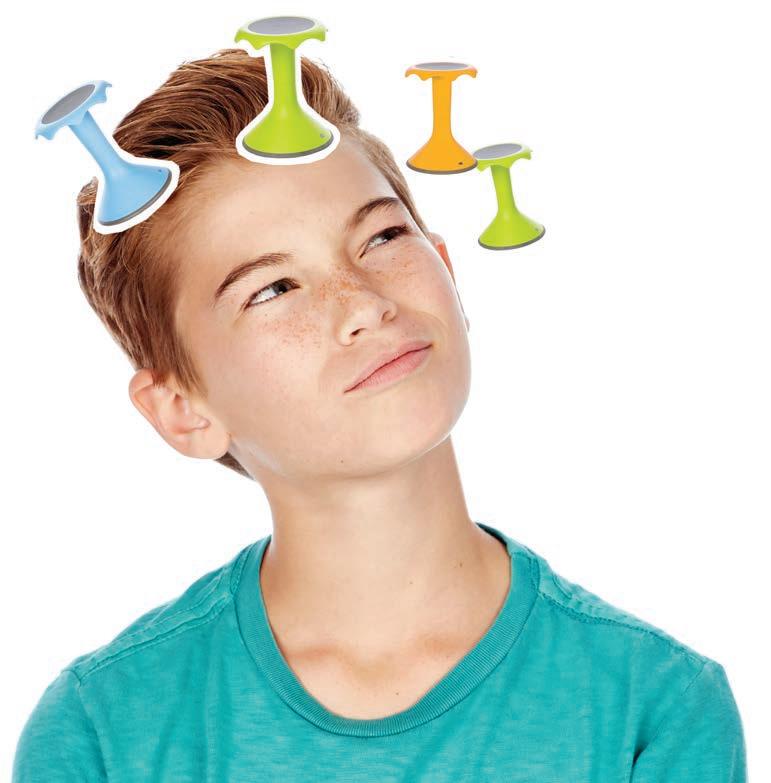

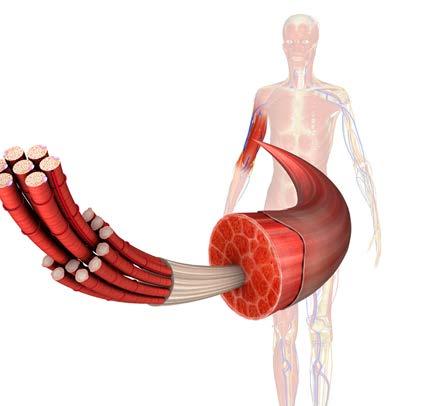
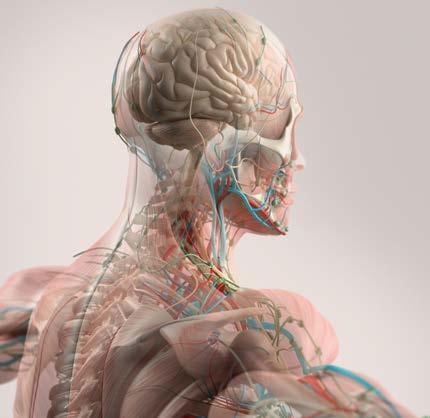
NEURONS THAT FIRE TOGETHER, WIRE TOGETHER.
There is a significant association between a physically active lifestyle and neuronal / cognitive health (Wheeler et al. 2017).
Make peace with fidgeting.
Fidgeting actually boosts the brain.
Children in particular, whose physical and mental development processes are not yet complete, require more regular movement stimuli than adults. That’s how we can also explain the everyday image of a student tipping his chair back to balance it on two legs – his unconscious is ordering him to move in order to prevent emotional, mental, and physical disorganization.
Elementary school-age children cannot sit still for longer than one minute, on average. And it’s suggested that young people and adults shouldn’t hold a body posture for longer than 15 to 20 minutes.
As soon as muscle fibers are activated, there are positive effects for body, mind, and soul:
• Blood circulation is increased, organs such as the brain receive more oxygen
• Biochemical messenger substances are released that lead to positive metabolic outcomes (including hormones, proteins, enzymes) for fat and sugar metabolism and promote neuroplasticity (growth and wiring of nerve cells)
• Students are more emotionally engaged and there is a positive impact on school performance
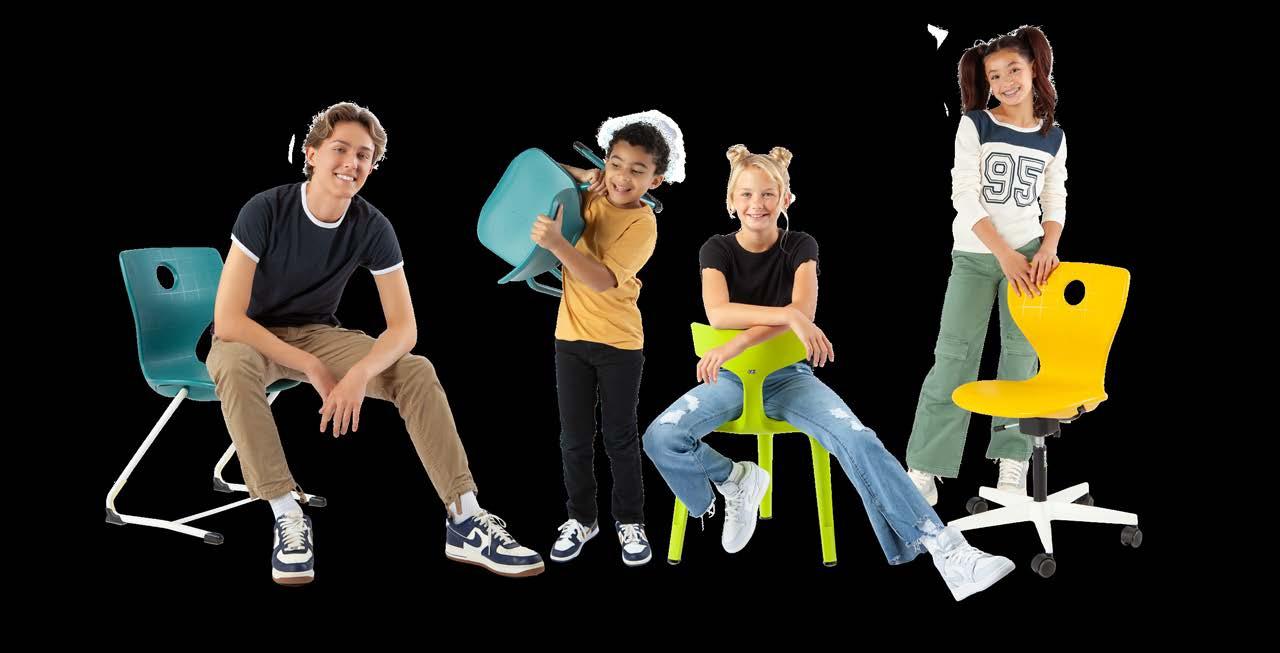
“Watching a child makes it obvious that development of body and mind comes through movement.”

– Maria Montessori
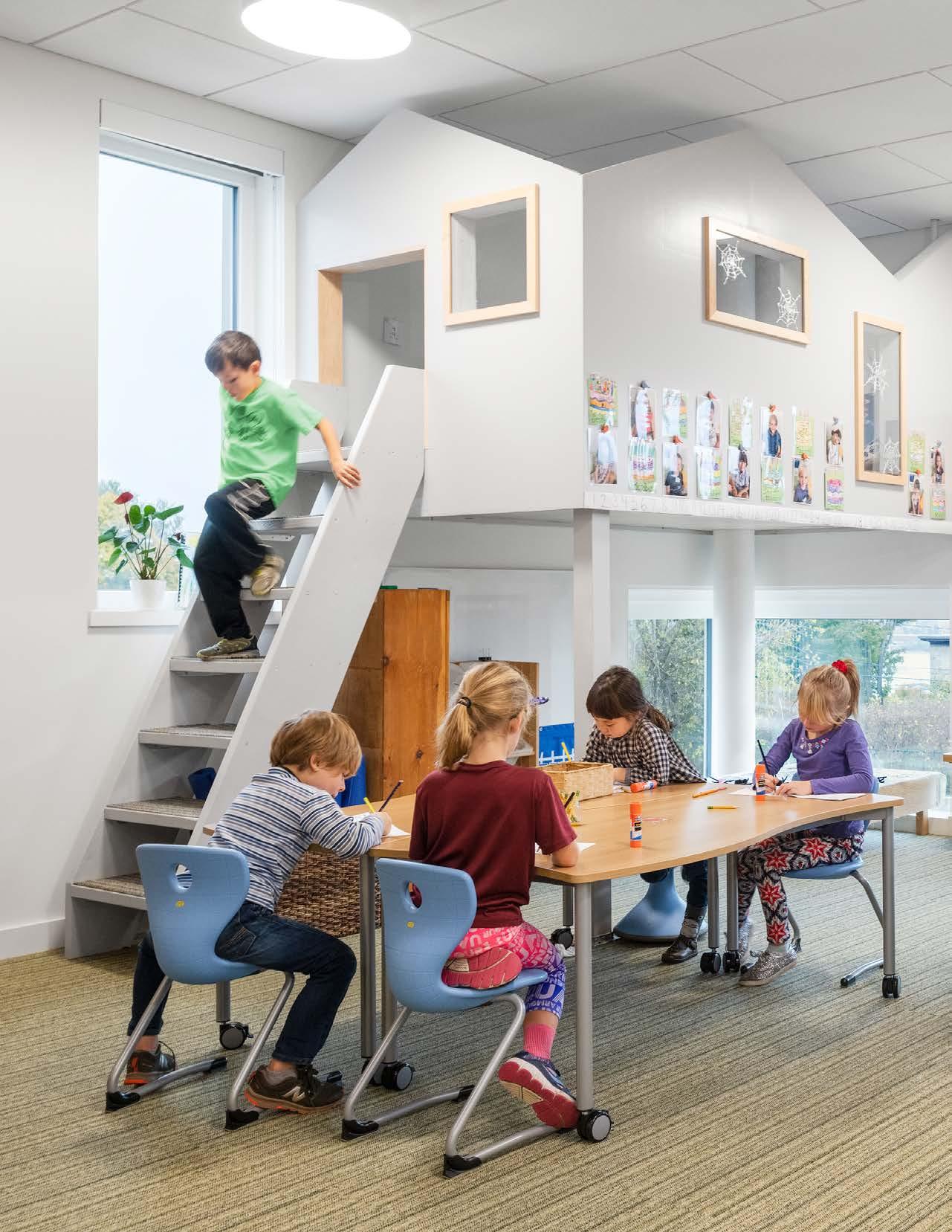
Movement is the way forward.
Even simple, everyday physical activities have positive benefits.
Thinking and learning do not just happen in the head. From the moment of birth until an advanced age, the body is an integral part of well-being and of all intellectual processes. This also includes many intuitive activities that most of us are not even aware of and that emerge rather incidentally.
Researchers refer to these as “non-exercise activity thermogenesis” (NEAT) (Levine 2002). They include all musculature activities that are not consciously organized and include everyday physical activities such as moving a chair back and forth, intuitive changes of position when standing or working on the floor, moving one’s hands while talking, and even nervous foot-tapping.
Interior design contributes to an enriched learning environment
For several years, neuroscientists have been intensely studying the influence of interior design on structural and functional change processes in the brain. Several research studies have shown that a more stimulating and challenging learning environment, also referred to as an “enriched environment,” promotes well-being, neuroplasticity (growth and synaptic switching of nerve cells), and learning performance.

Interaction between an organism and its environment can lead to important neurobehavioral changes – having a powerful effect on brain functions and structure, on learning and memory functions.
(Ickes et al., 2002 / KEMPERMANN et al., 1997 / ROJAS VEGA et al., 2010)
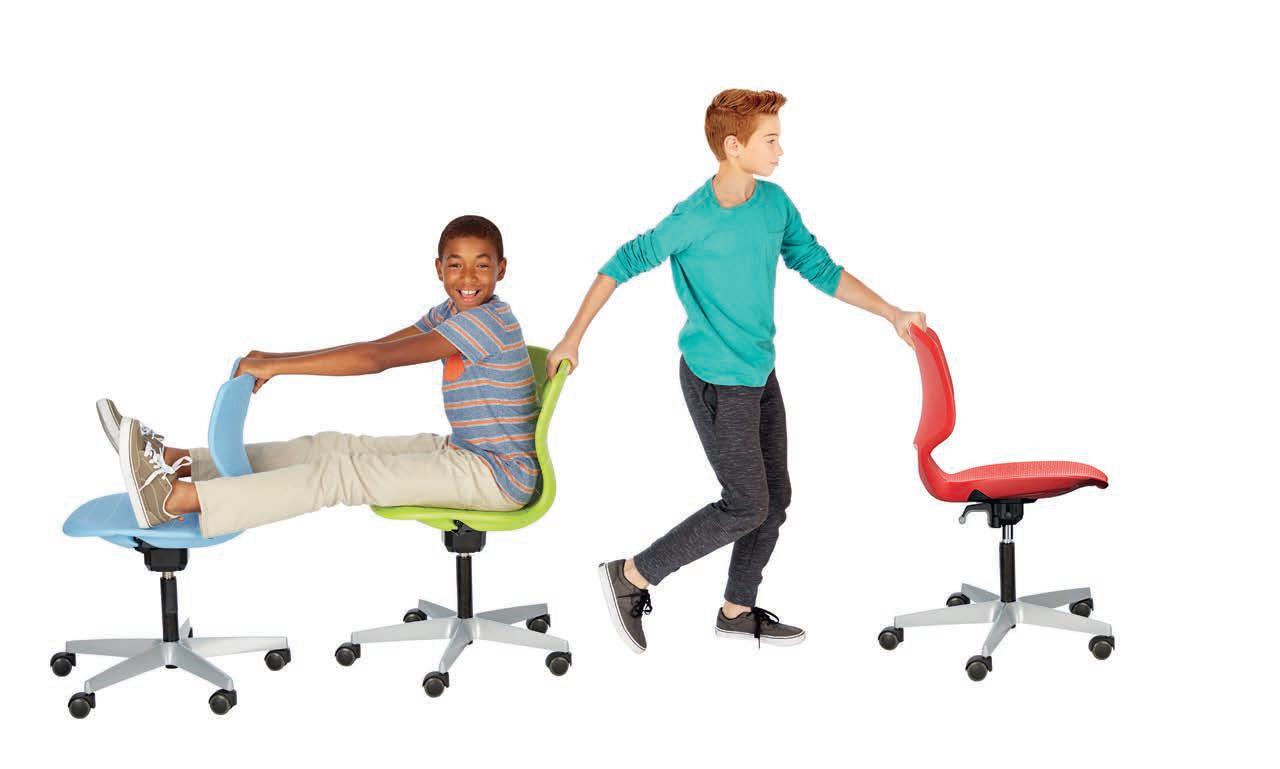
Physical activity is not only healthy, it’s smart.
Consider the evidence.
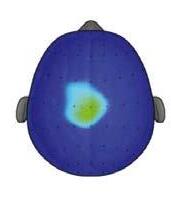
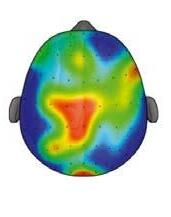
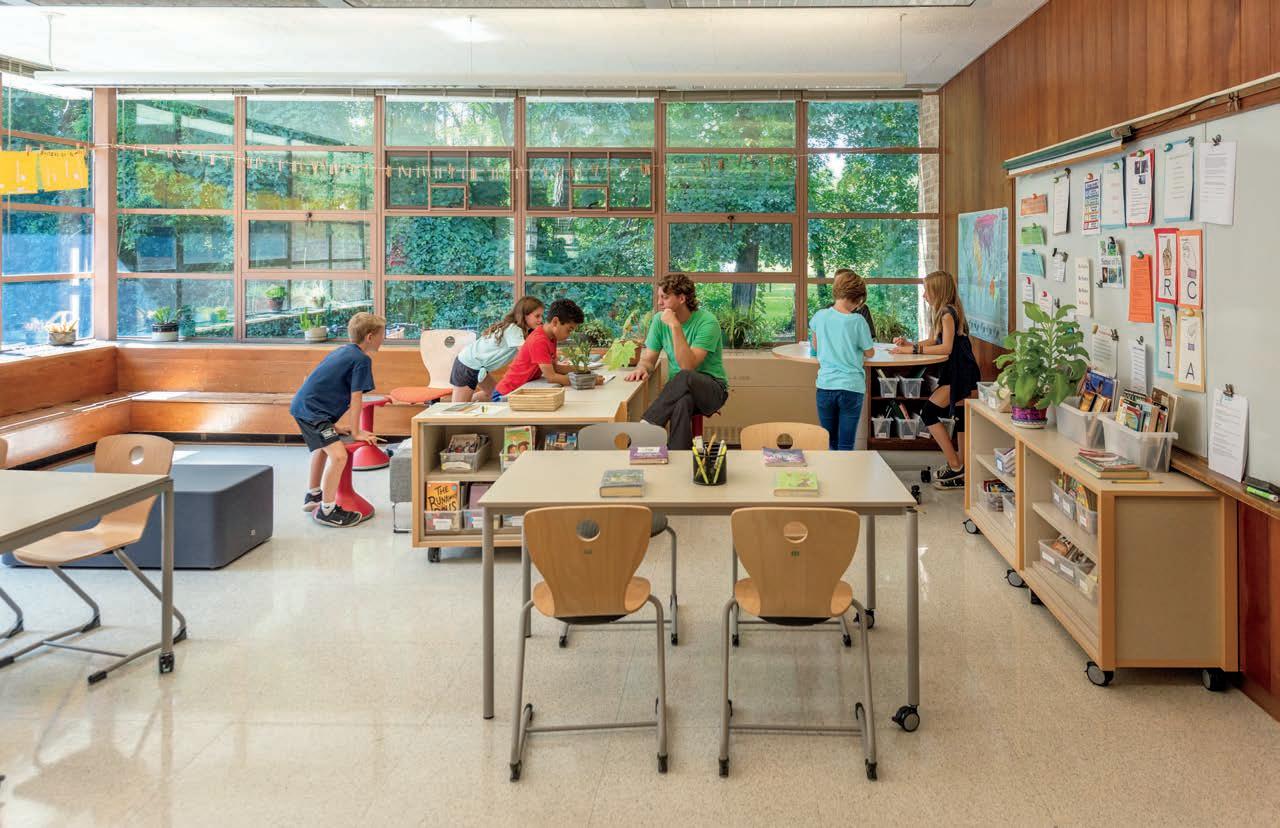
Activity is a high-yield investment.
The journal Pediatrics (2014) published research that ADHD kids who took part in a regular physical activity program showed important enhancement of cognitive performance and brain function. The findings, according to University of Illinois professor Charles Hillman and colleagues, demonstrate a casual effect of a physical program on executive control, and provide support for physical activity in improving childhood cognition and brain health.
Physical activity is a high-yield investment for all kids, especially those challenged with attention or hyperactive issues. In short, movement is ADHD medication.
• 40% higher test scores
• 15% more likely to go to college
• Reduced risk for heart diseases, diabetes II, stroke, cancer, dementia
• 1/10th as likely to be obese
• May live 5 years longer
(Nike, Inc. 2013, Siddarth et al. 2018, Schmid et al. 2014, Wheeler et al. 2017)
The room as the Third Teacher
Architectural features and interior design influence the psycho-physical and social well-being of teachers and students in numerous ways, both positive and negative (Tischler, Atzwanger 2000).
The interaction between architecture, furnishing, and teaching methods answers the needs-based behavior patterns that support natural rhythms –therefore opening the door to enhanced learning. This interaction has a hidden impact that’s for the most part unconsciously perceived, but is evident in learning, movement, and social behaviors.
The Crow Island School in Illinois, for example, brings together many subtle design elements that work together to add to the learning experience and stimulate well-being. Pops of thematic colors that connect with nature help students identify their place in the school. Abundant natural light. Low furniture heights and benches, appropriately scaled. Inviting reading corners. And built-in flexibility to accommodate a variety of lesson plans and learning styles.
Key Elements to enhance the quality of learning:
To enhance the culture and quality of learning, spaces should:
• Have a physically and mentally inviting character – encouraging postural changes, change of spaces, and studentcentered learning
• Offer organizing guidance – spaces for individual retreat (concentration, relaxation), social interactions (discussion, communication), storage compartments, and more
• Enable different perspectives – when students experience different points of view from fellow students, it facilitates a better understanding of a subject
• Challenge various sensory perceptions –learning content shouldn’t only be seen and heard, but should be experienced in a concrete way with hands-on learning
A school building is more than just an architectural structure; it provides an important framework for the school’s ambiance and helps ensure the best possible conditions for educational success.
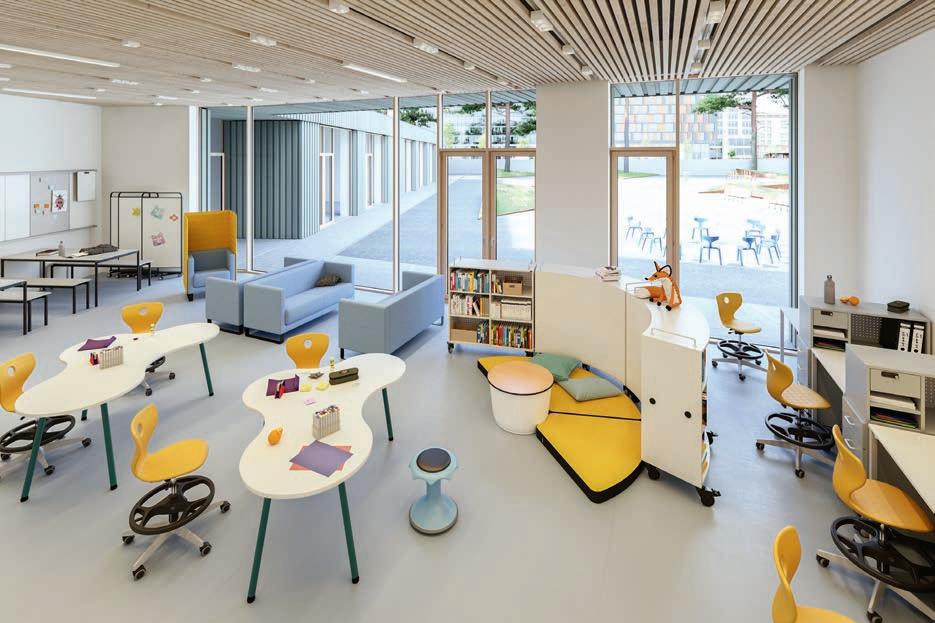
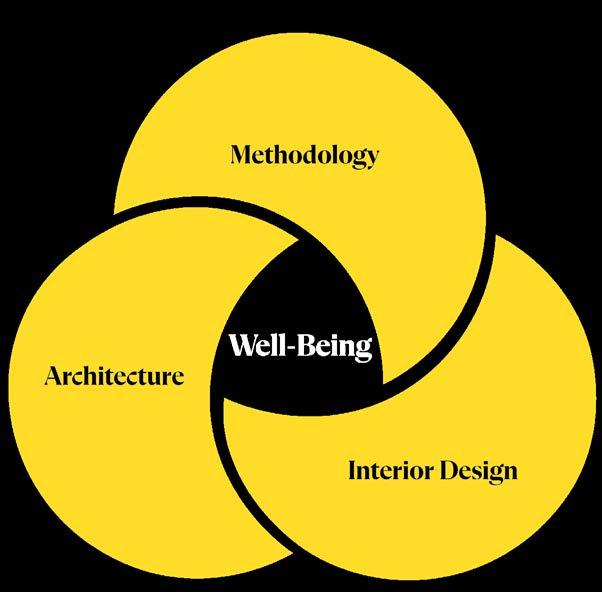

Furniture opens up the conversation.
Furniture in the learning space plays a pivotal role as it greatly influences physiological learning behavior and social interactions. Furniture also creates opportunities for healthy and needs-appropriate behaviors by opening up possibilities for posture and movement.
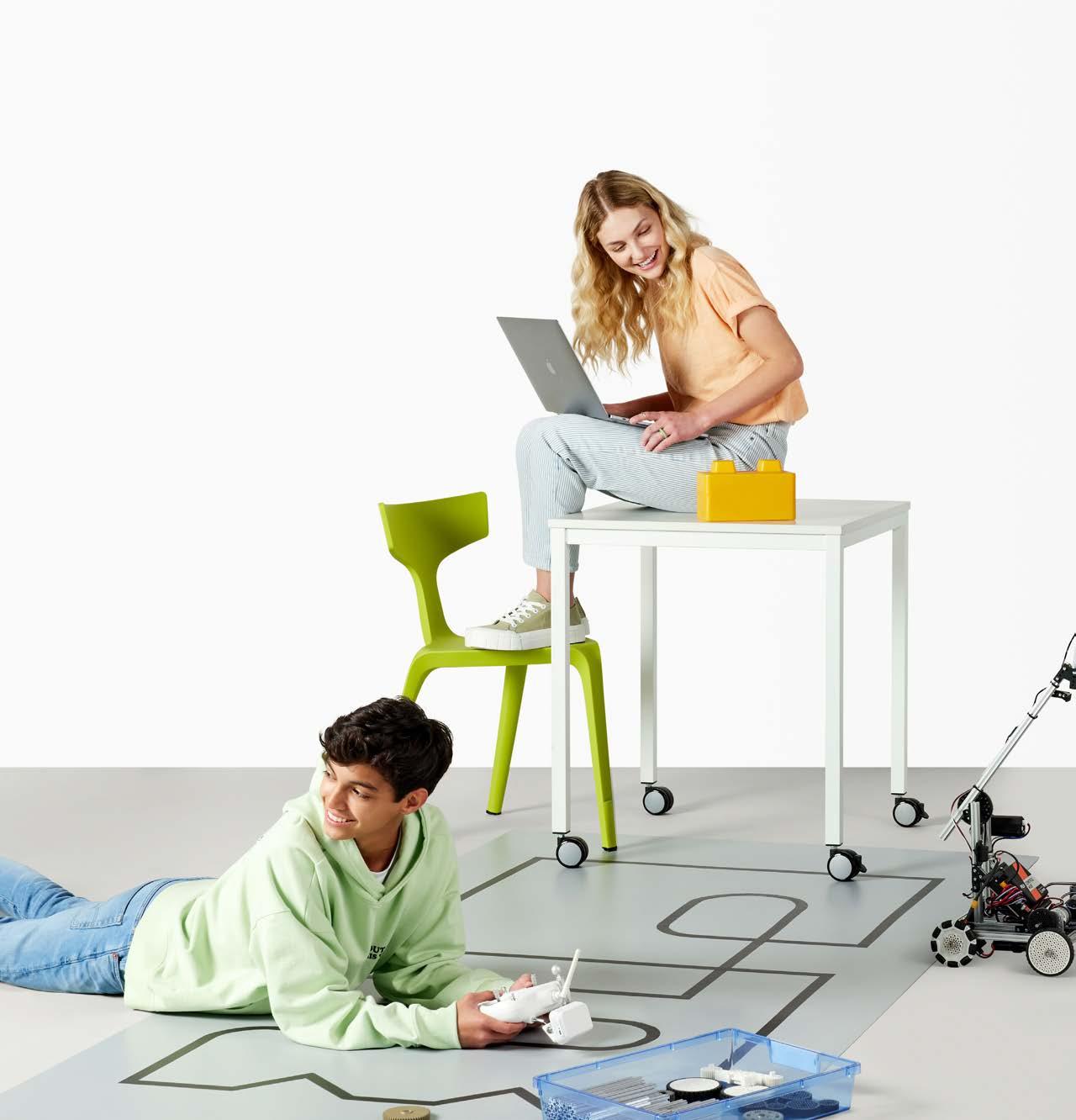
Sit as necessary, but encourage as much postural change and exercise as possible.
Recent scientific findings make it clear that room furnishings based only on chairs and tables lead to serious pressures on physical and mental health.

When viewed as a whole, these recent results are so significant that they are being captioned by magazines and journals as “sitting is the new smoking,” or “sitting makes you stupid,” without seeming overly exaggerated. Analyzing the studies further, the main culprit is passive sitting. The energy expenditure in sedentary behavior is
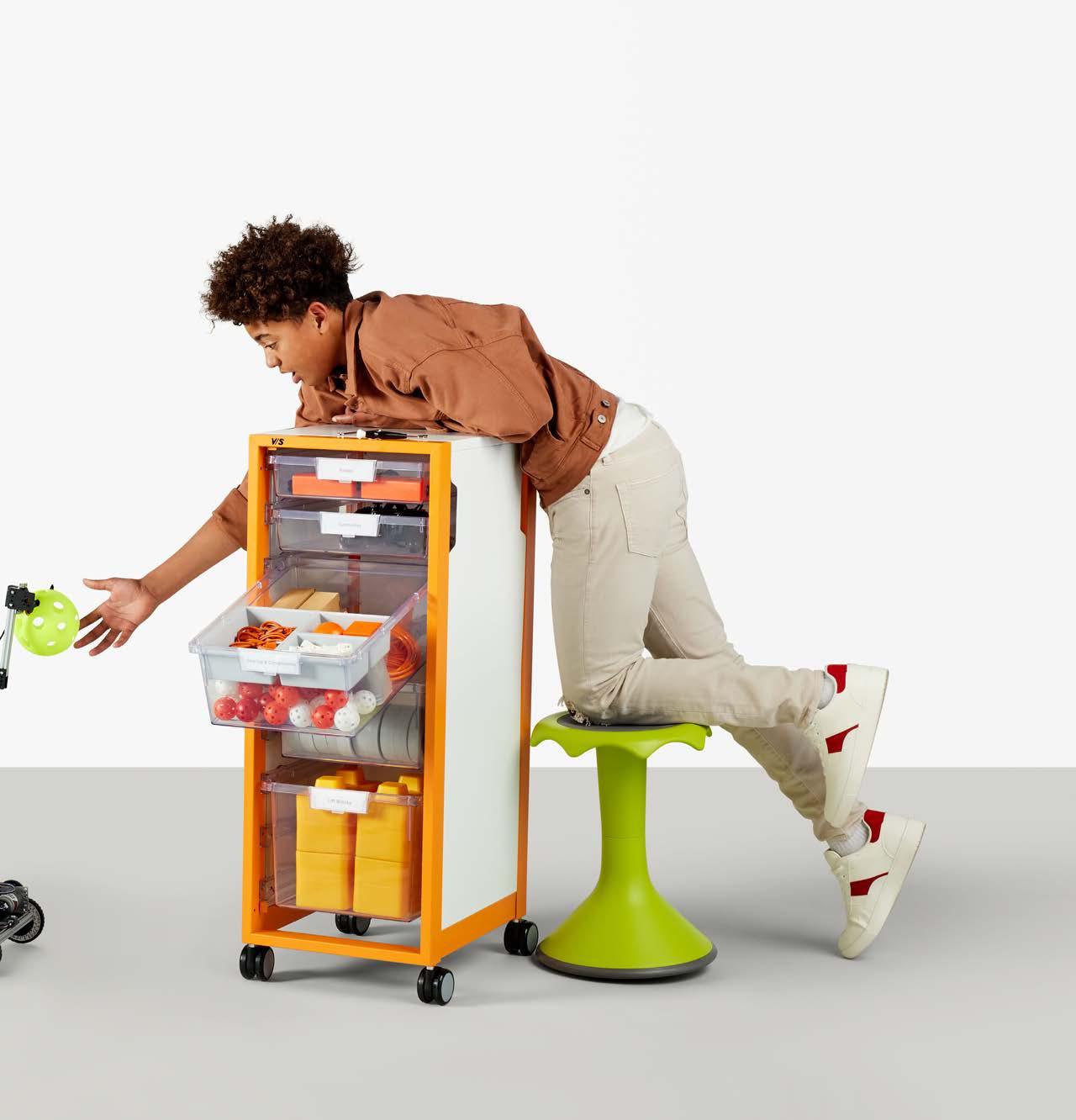
so low that health risks have increased for multiple pathologies such as obesity, type II diabetes, high blood pressure, dementia, and even cancer (Dunstan et al. 2012 and Katzmarzyk et al. 2009, Haly et al. 2017, Healy et al. 2008).
People in western culture sit throughout their lives. Children often sit up to ten hours per day, and also have poor posture while they sit. This behavior, ingrained from childhood, is a pattern we need to break.
Learning spaces are everywhere.
Change the design mindset from room to learning landscape.
Teaching and learning shouldn’t be limited to traditional classrooms. Designers are encouraged to explore the variety of functions that can take place in a learning space. A multiple-use room allows for diverse learning situations, and also provides more behavioral and activity options using different types of furniture.
The aim is to design students’ daily work and living spaces to be more behavior-appropriate and therefore more movement-friendly. Based on the philosophy that “learning places are everywhere,” all areas inside and out can and should be used to expand the learning space.
Stimulating learning spaces use nooks, hallways, and corridors.
Through flexible and mobile furniture such as stools, soft seating, and mats, the adjacent hallway or corridor can also be used as a working space. Furniture elements such as standing tables, seating that encircles support columns, nooks with tables
or even seats and standing elements attached to the wall, support students in their quest to work independently and help them learn on their own terms.
A rigid seating configuration hinders physical and mental movement, while the flexible use of space and school furniture opens up the possibilities for different types of learning and behavior patterns.
The entire school’s architecture should be designed so that students are inspired to change their positions, locations, and forms of work multiple times. Doing so supports the rhythm of learning.
The plan should include spaces for recreation, retreat and recovery, and be designed to accommodate individuals, groups, and partner work. It should also allow for mixed age or class learning and, of course, include spaces for teachers and staff.
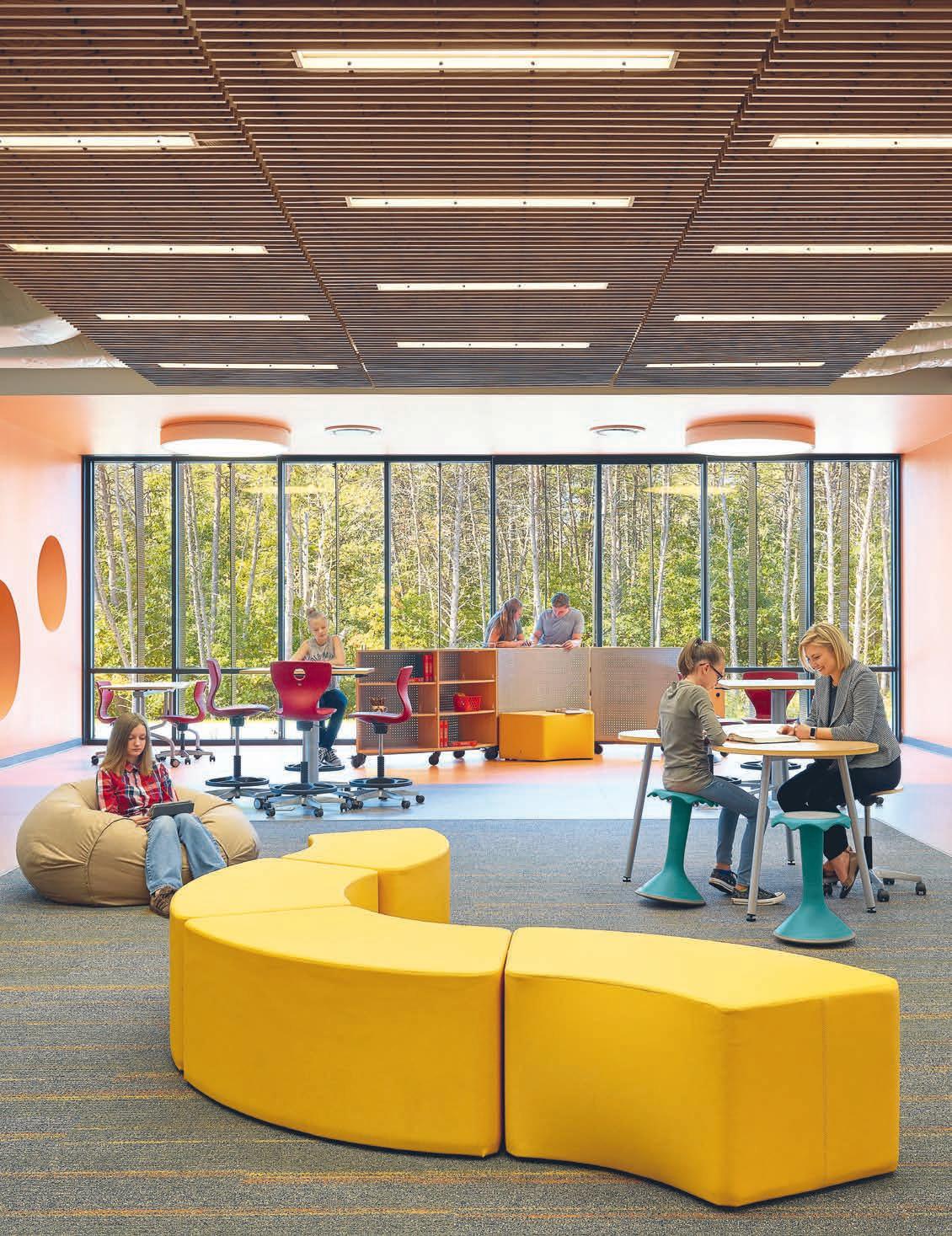
Emotional relief.
Since emotions are the main driver of human productivity, let’s find ways to keep them in balance.
Creating learning spaces where students and teachers truly want to be is the ultimate goal. A place where students happily learn and teachers teach with enthusiasm.
Environmental change creates behavioral change.
Quiet nooks and corners
In addition to areas that foster movement, the classroom should also have nooks and corners that children can seek out themselves when they need quiet time.
Students are constantly switching between being tense and relaxing throughout the school day. To thrive in these opposing states of being, students need appropriate spaces in equal measure. Spaces or zones that invite students to relax and recharge should not only have appropriate furnishings, but also the right lighting and colors in order to create a sense of well-being. It makes sense to locate quiet zones along lesser-used corridors so as to actively promote relaxation. A table facing the wall or located behind a mobile partition and quiet corners also provide the right working atmosphere for easily distracted children. In contrast, the area in the middle of the classroom offers more active space to move around.
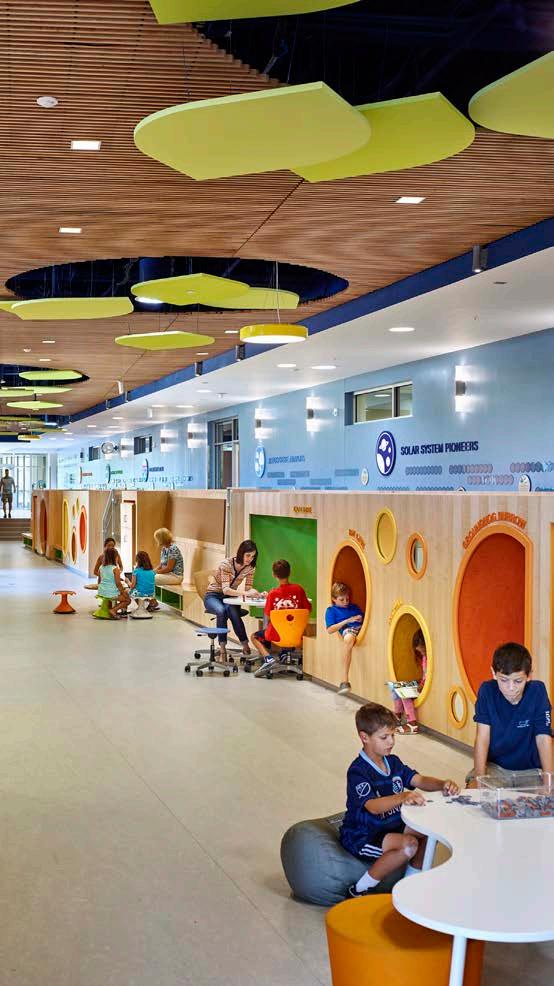
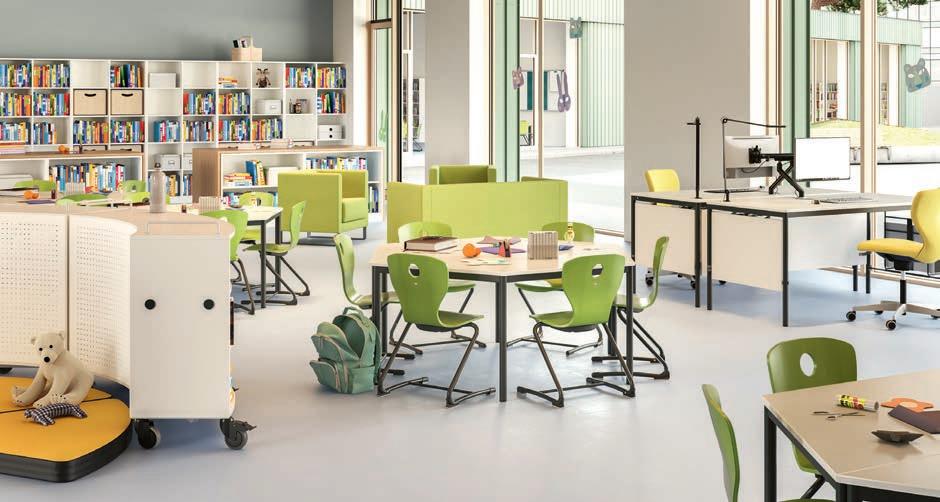
Library
Due to school days becoming increasingly longer, students need openly accessible spaces that give them the opportunity to research independently, to read and to work. Here, too, the room’s design and furniture should offer different options for individual learning and working, including standing workstations, various seating options, good visuals and acoustics, and the appropriate media equipment.
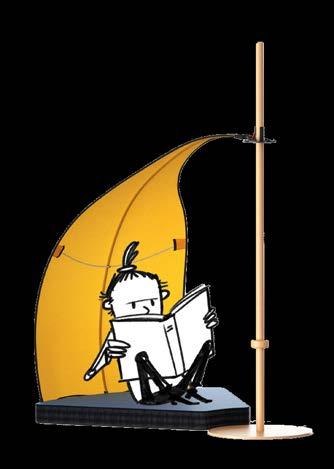
Choosing the right furniture for the campus and hippocampus.
Let’s start with a concept everyone loves ——— choice.
Chairs
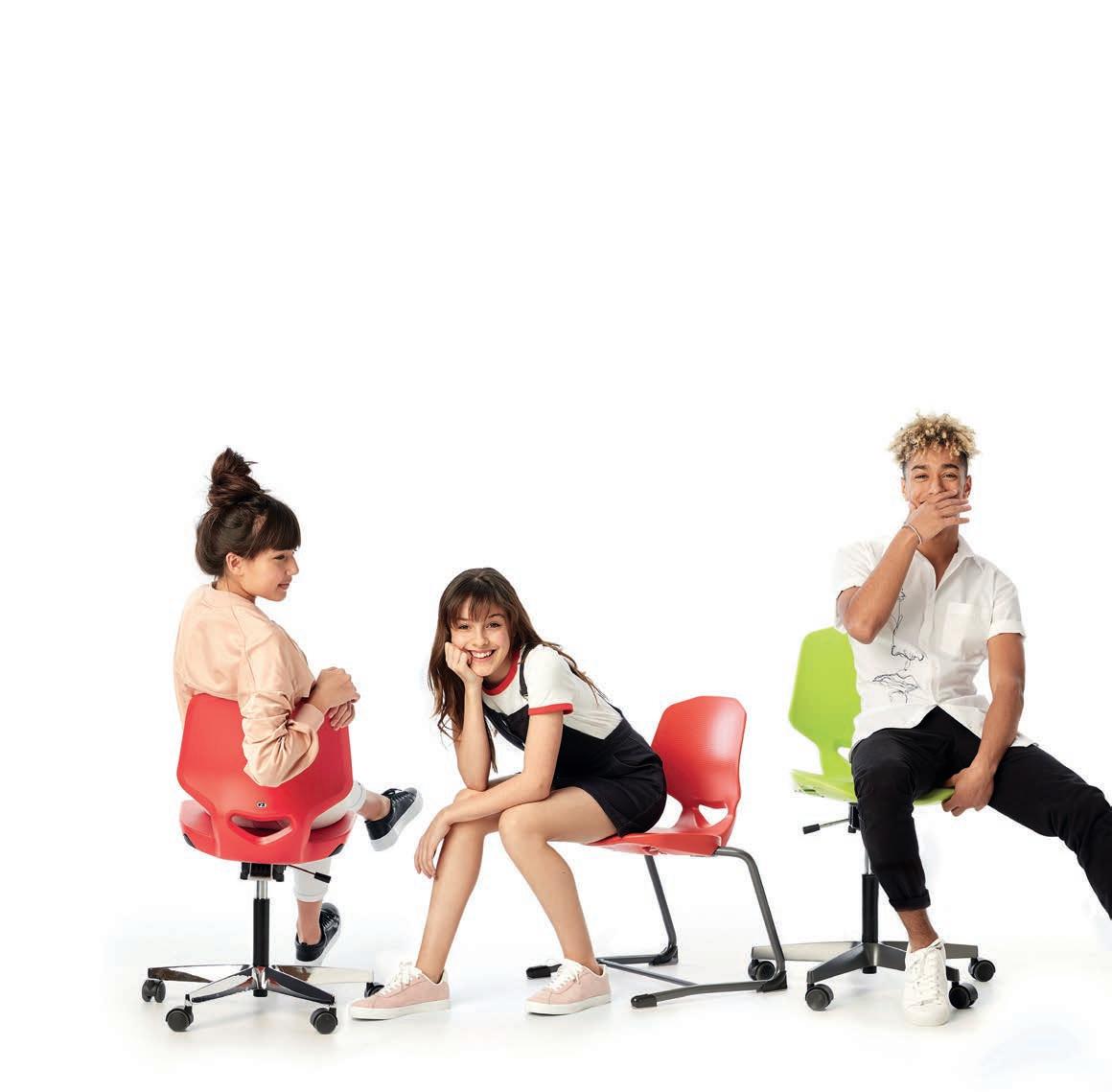
When you specify chairs, they should enable a high degree of freedom in your learning space. Easily adjustable to individual body heights. And flexible enough to respond to free flowing body movements.
It’s key to understand that students at any age are not able to sit still for long periods of time. Having the ability to sit, stand, and move around is always optimal for healthy, growing, and often fidgety bodies. That’s why chairs should not be used for long-term sitting and should feature agile, threedimensional sitting, enabling micro and macro movements.
Multi-dimensional seat mobility promotes the right kinds of complex interactions between legs, pelvis, spine, shoulders, and head. In particular, “unlocking” of the pelvis is very important. The biomechanical analysis of the body shows pelvic movement activates the entire muscular and skeletal systems, benefiting the body in myriad ways.
3D seat mobility benefits
• Promotes physiological position changes
• Keeps intervertebral discs flowing with nutrients
• Provides complex and rhythmic stimulation to muscles involved in the sitting posture
• Activates the 100+ joints in the spine
• Exerts dynamic strain and relief on internal organs
• Aids blood circulation and oxygen supply to the blood
• Promotes fat and sugar metabolism
• Stimulates neuroplastic processes in the brain
The physiological benefits of multi-dimensional sitting has positive impacts on short-term and medium-term concentration.
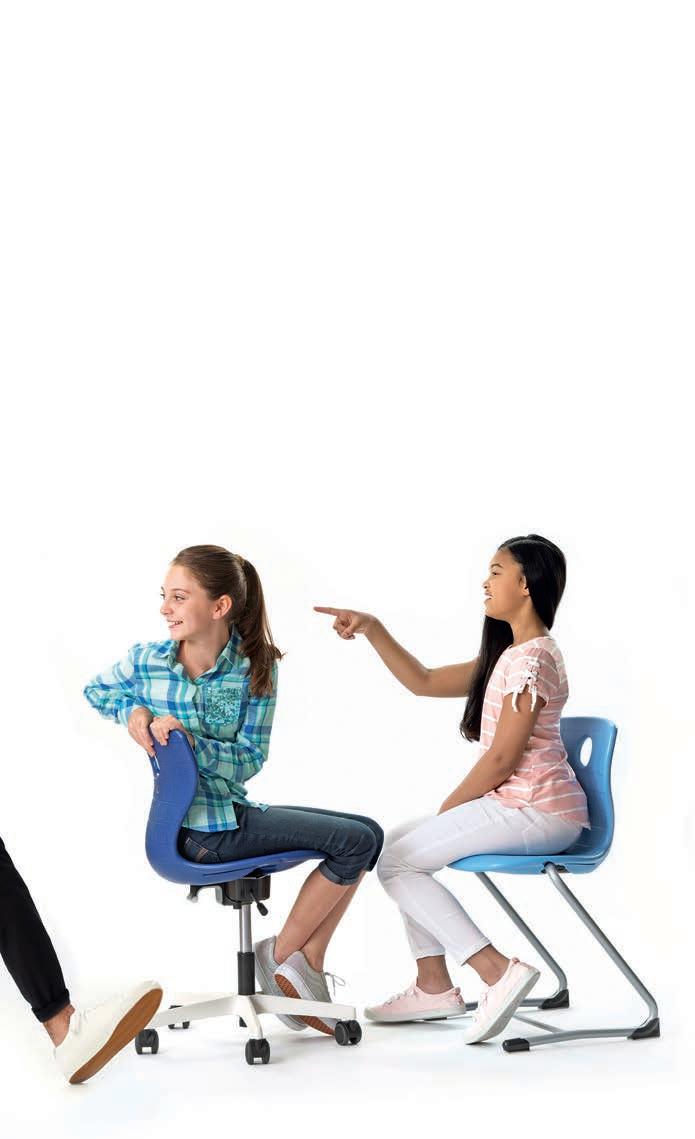
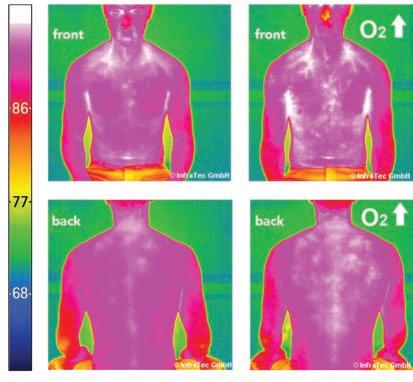
On the top right quadrant, you’ll see a significant increase of oxygen supply while seated on a chair with 3D function. Compare this image to the left-hand side, which shows how sitting in a rigid chair leads to deficient circulation.
FIGURE FROM: LUDWIG AND BREITHECKER 2008
°F RIGID CHAIR FLEXIBLE CHAIR
Mobile stools
Mobile stools of different sizes are an important addition to flexible living and learning spaces, although not a replacement for chairs. Stools are easy to tote around and can be used in all sorts of spaces and configurations. They are also very helpful for students with ADHD, who have a reduced release of the hormone dopamine. Stools tend to allow more synaptic switching of nerve cells, which releases more dopamine and thereby increases focus. The release of dopamine directly correlates to movement
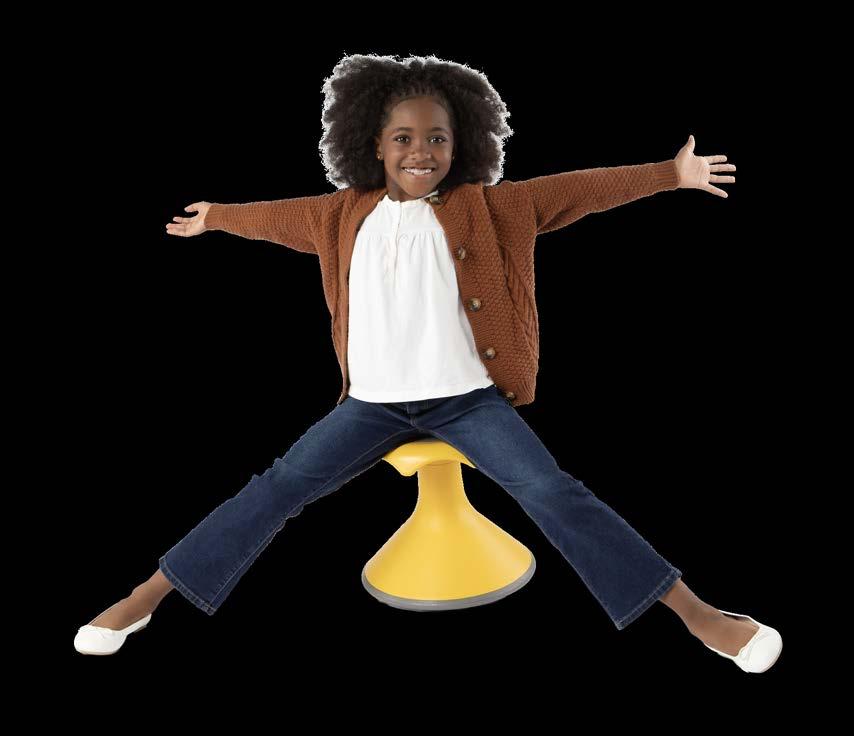
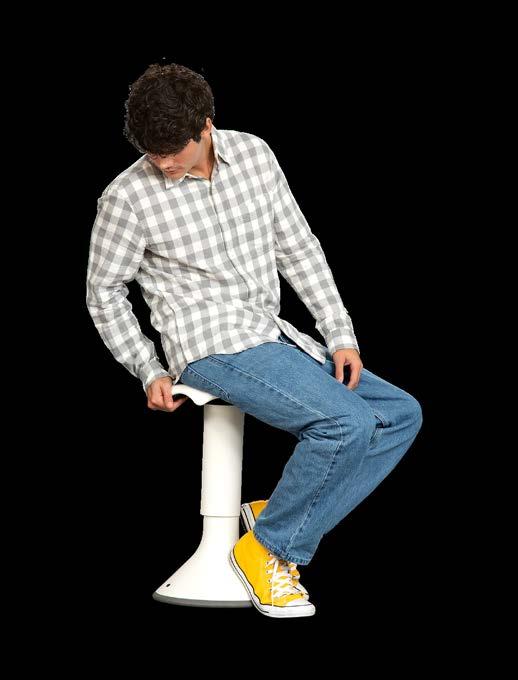
Soft seating elements
Soft seating or lounge furnishings support the natural and changing need for hard work and recovery as well as excitement and relaxation. Depending on the work, they can also be used for relaxed and informal sharing or information processing, such as reading a book, quiet work, and more.
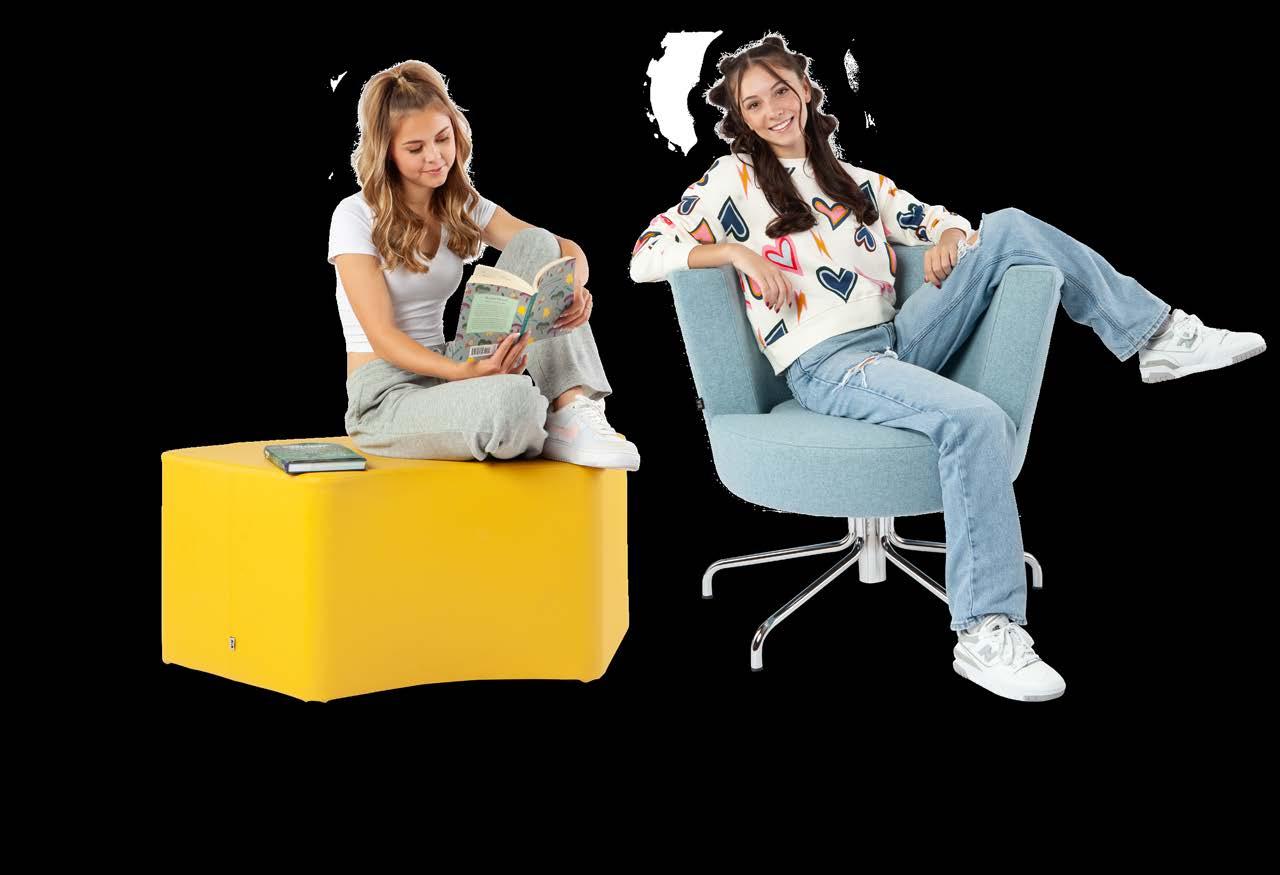
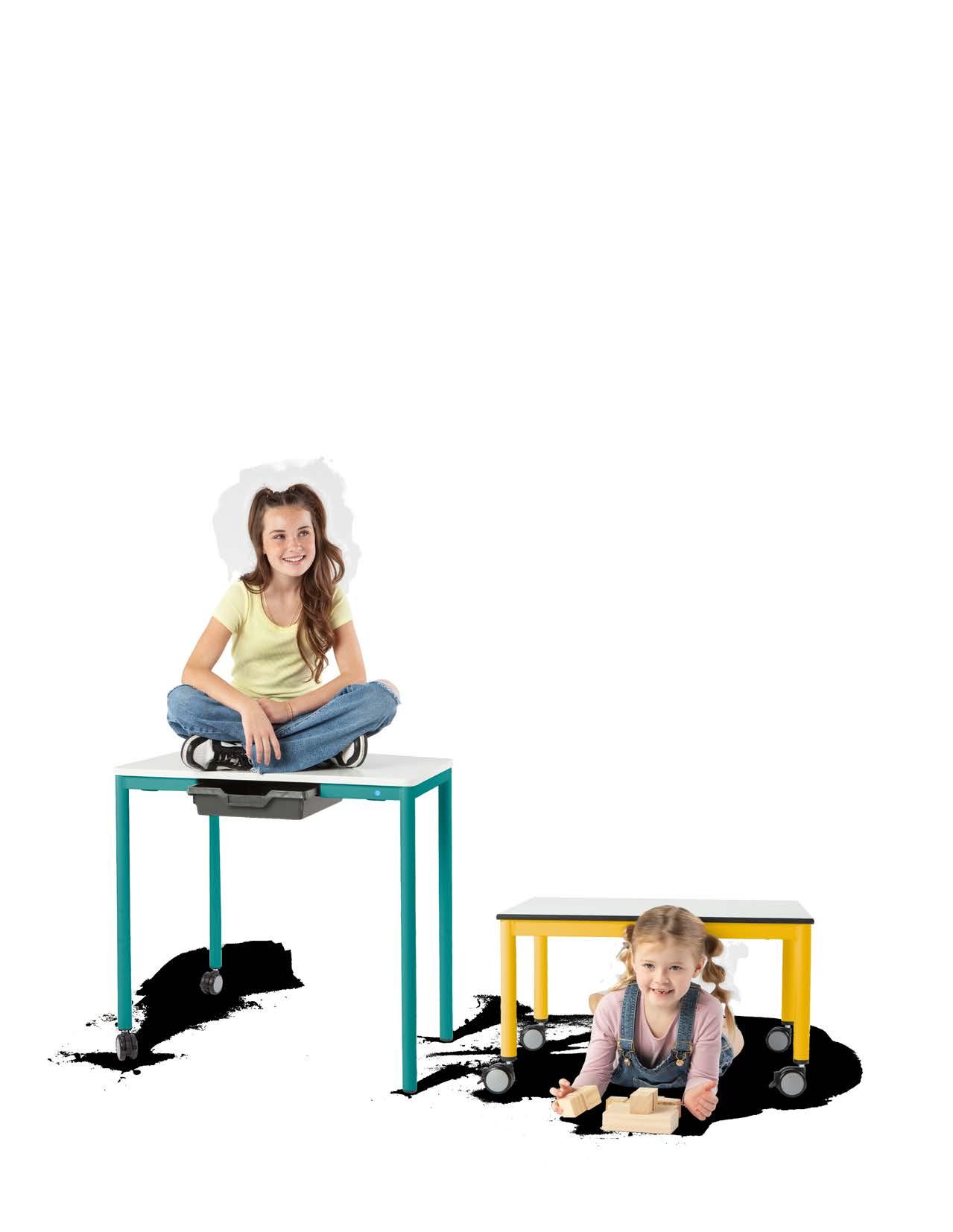
Tables
Lightweight, easily height-adjustable tables promote physiologically positive sitting postures. They can be raised as students grow and therefore don’t need replacing over the school year. Individual tables on casters in different shapes can be combined with one another in many different ways and offer individual, rapid changes in forms of learning.
Tables that allow for standing
Standing tables and group standing tables with foot supports – very important for dynamic standing –are important basic furniture for indoor spaces. They encourage spontaneous posture changes (sitting/ standing/stand-sitting). Accordingly, they should also be used for standing and not for continuous high sitting. High tables are particularly useful during group work. Ideal non-adjustable standing tables accommodate an average body height for the relevant age group, which means around 35 inches
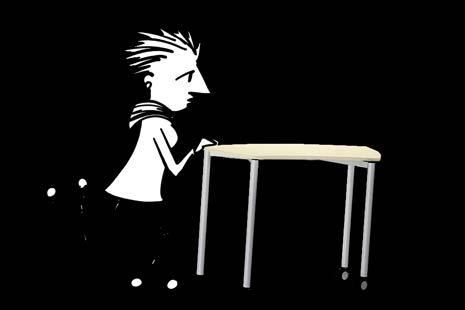
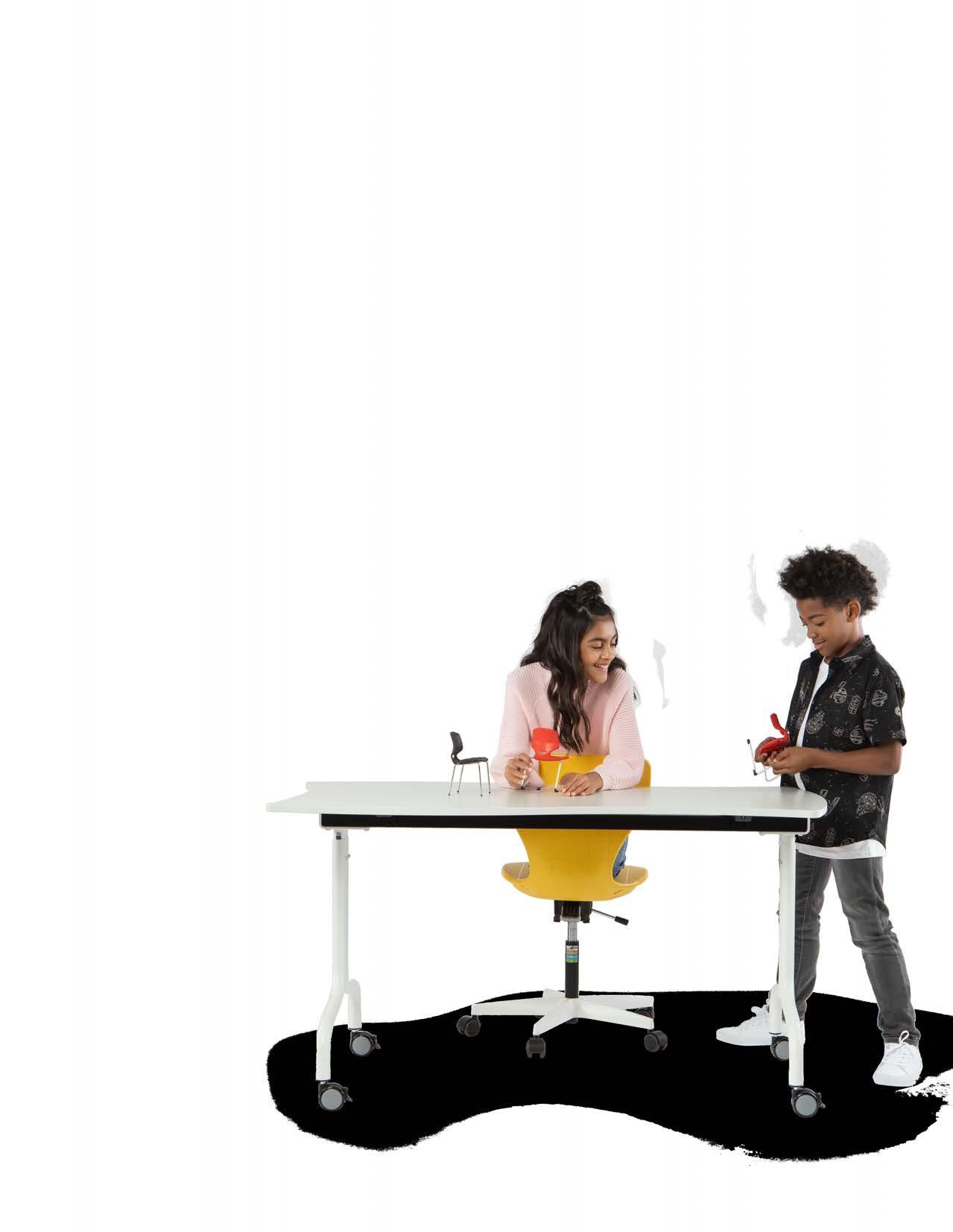
for 3rd to 7th graders and around 42 inches for 8th to 12th graders. Adapting the height precisely to individual users or a group for temporary use is not necessary. They’re flexible to accommodate a variety of tasks and can be combined for large or small groups. They can also can be moved on castors throughout the school.
Continuously adjustable high chairs with a 3D rocking mechanism and an adjustable foot ring are the perfect complement to standing desks. These can be used for intuitive sitting or stand-sitting, and facilitate eye-to-eye level communication. Rigid seats are not healthy choices and shouldn’t be specified.
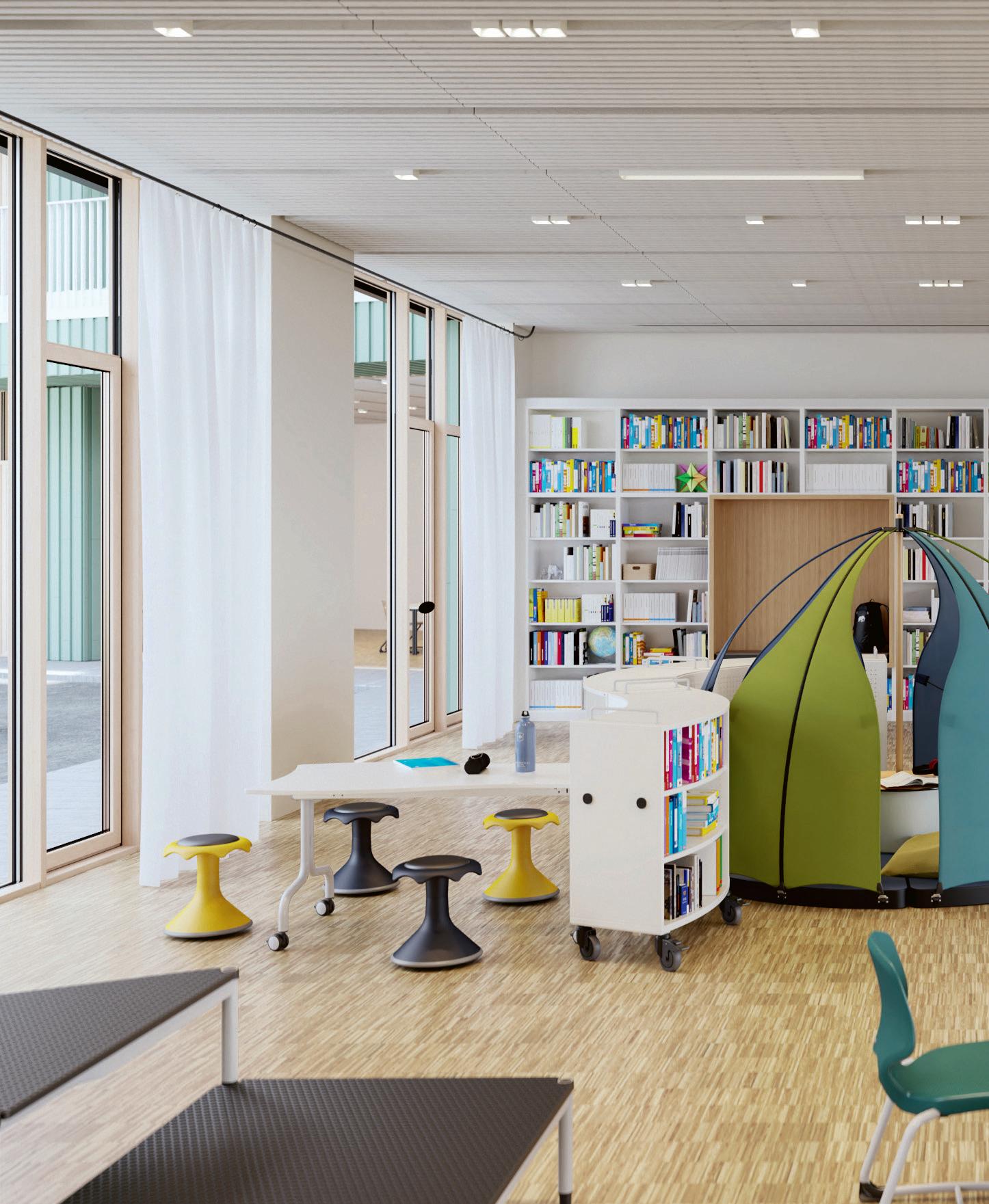
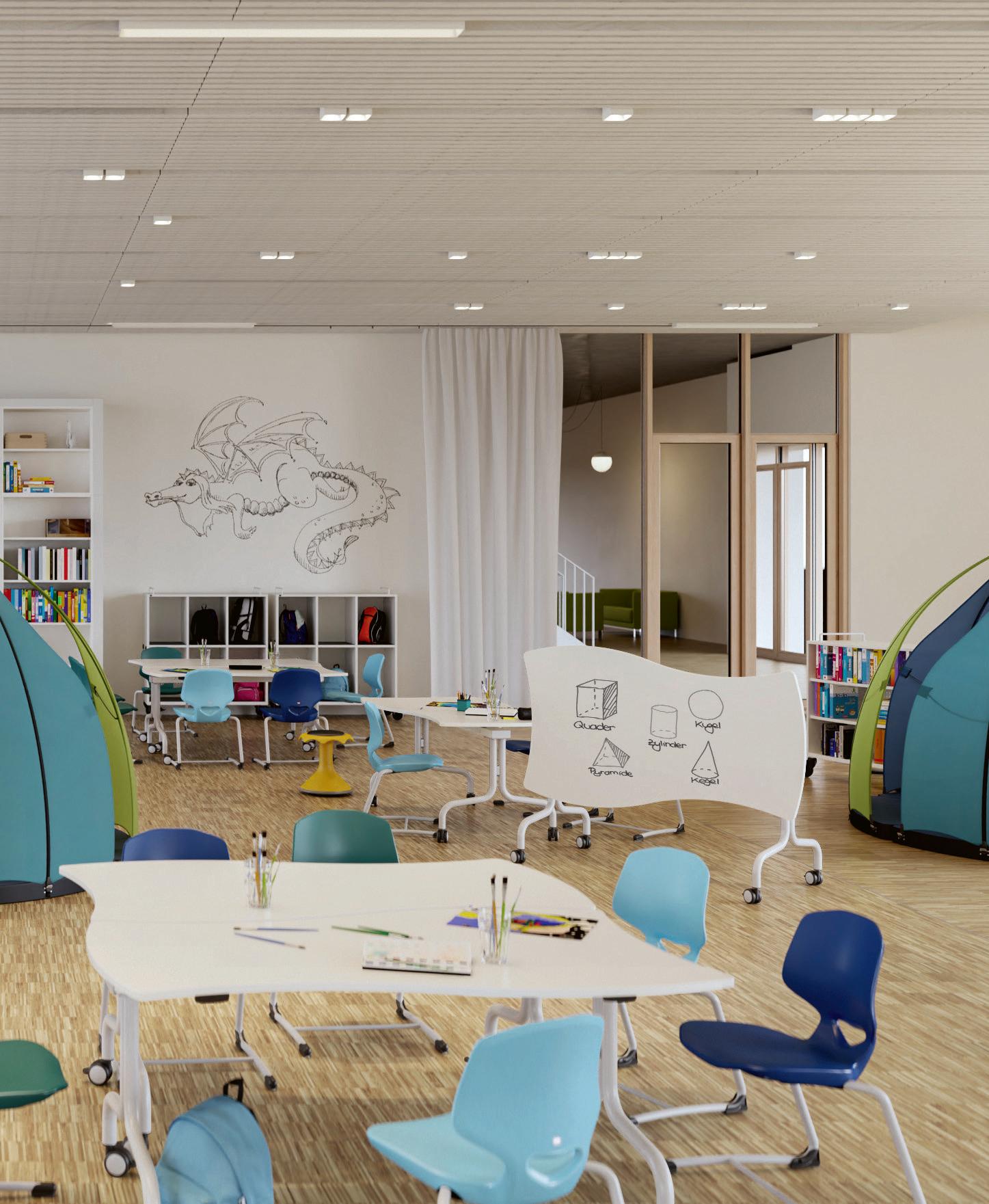
Mobile screens and walls
Mobile side boards and partition walls that can be used as writing boards or for display are essential classroom fixtures. As mobile furniture elements, these create changeable learning space configurations, separating spaces both visibly and acoustically.
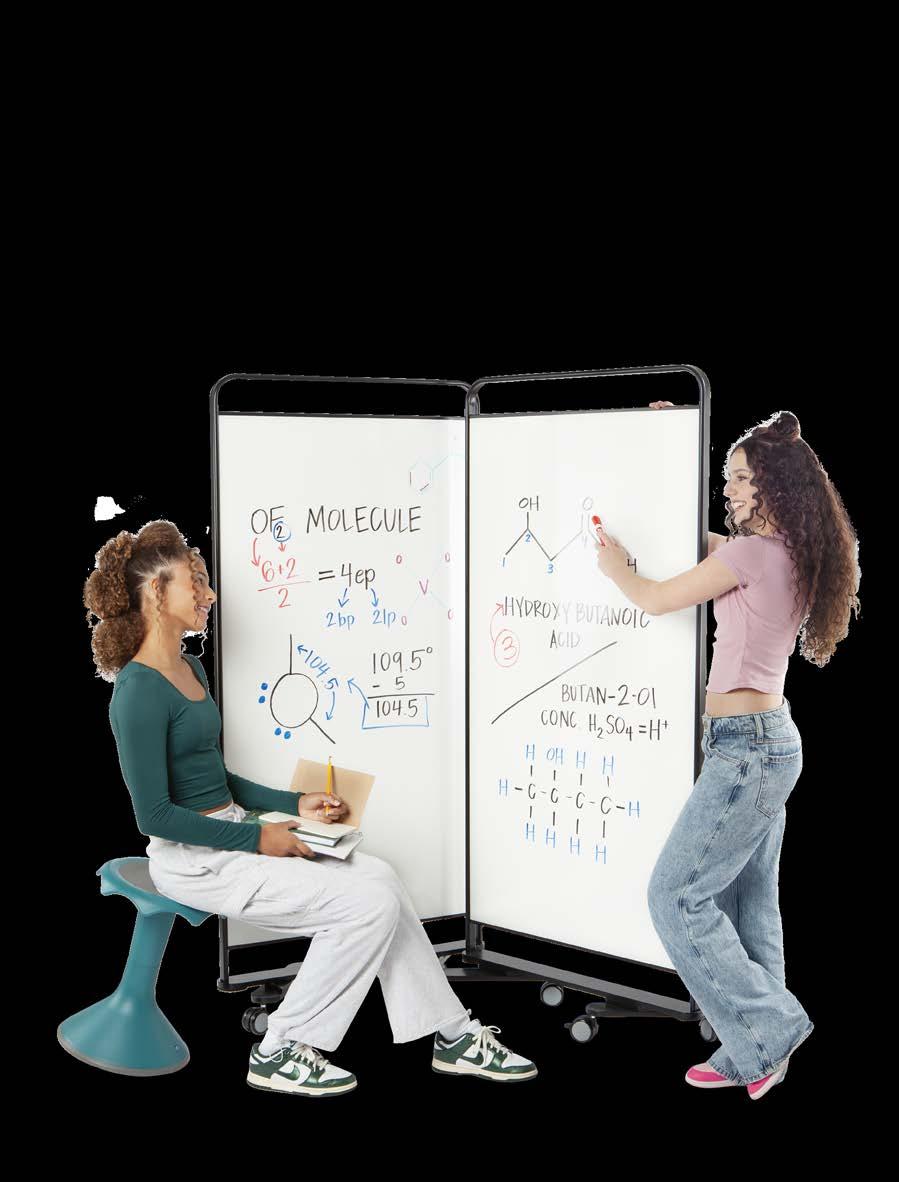
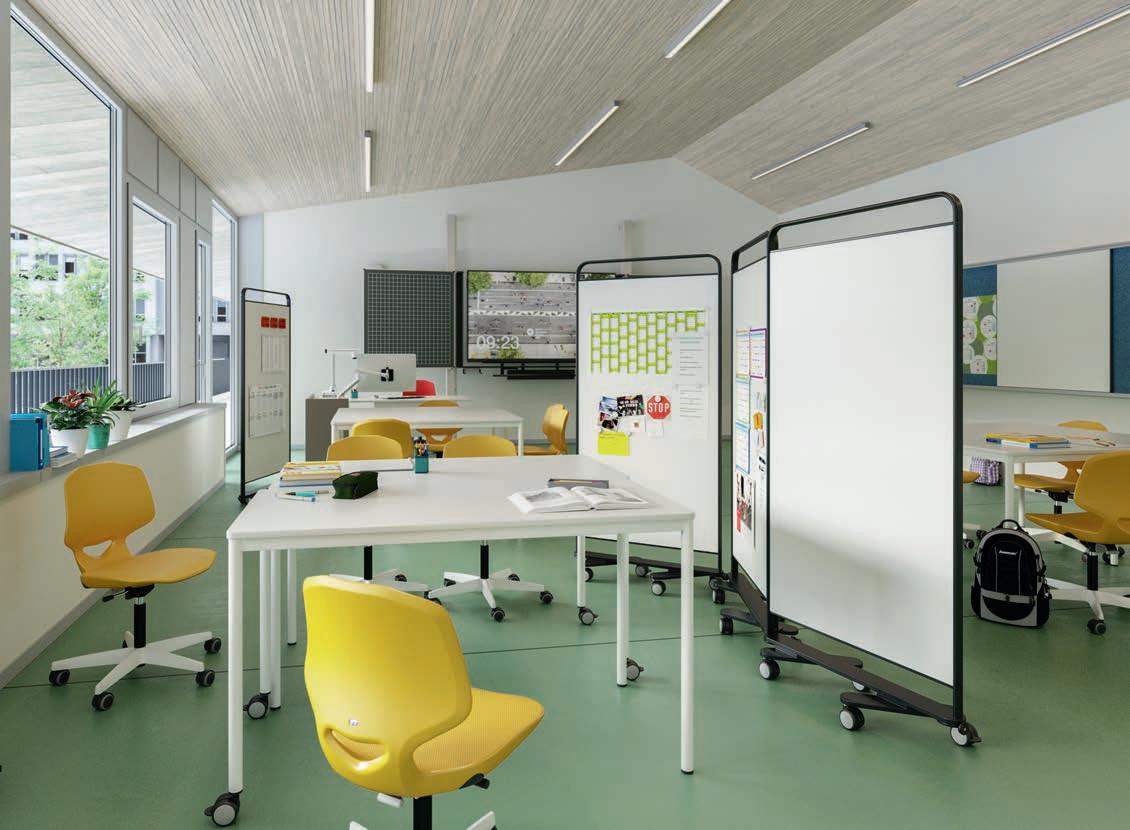
Forward-thinking schools.
The front-of-the-class teaching technique has its place, but group work, independent learning, and project lessons play increasingly important roles. A diverse room design with a broad variety of needsappropriate furniture gives teachers the flexibility to craft their lesson plans to match the diversity of their students and individual learning styles.
We know that students retain information best when they can process it themselves – and even better when multiple senses are engaged.
Five Keys to creating a movementfriendly school and classroom culture
• Make furniture and space decisions based on current findings on humane workplace design and ergonomic best practices.
• Create spaces for flexible configurations.
• Use the entire school for normal daily tasks and activities, pushing beyond classrooms to corners and niches, corridors, and outside areas.

• Implement student-centered learning concepts such as group work, selforganized learning, and process work.
• Create spaces that answer the needs of normal school day rhythms – in a sense accommodating the yin and yang, between excitement and relaxation, hard work and recovery.
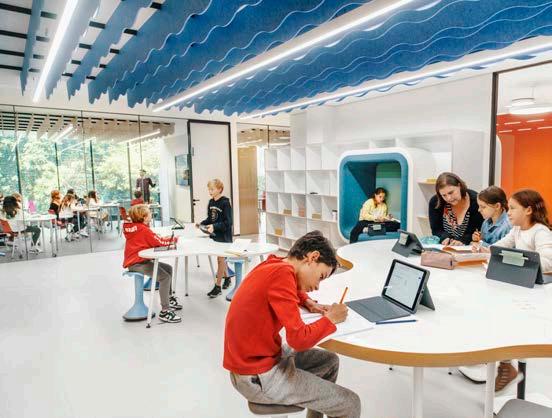
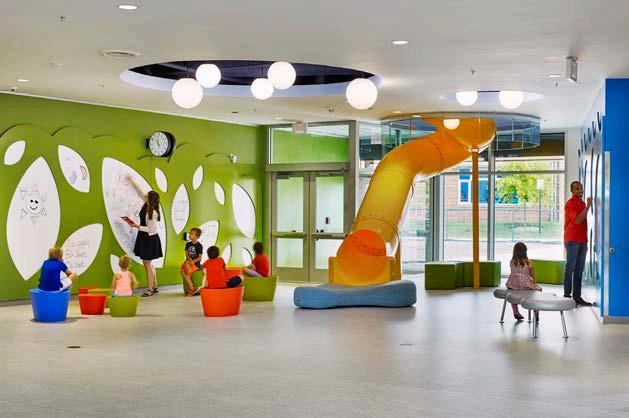
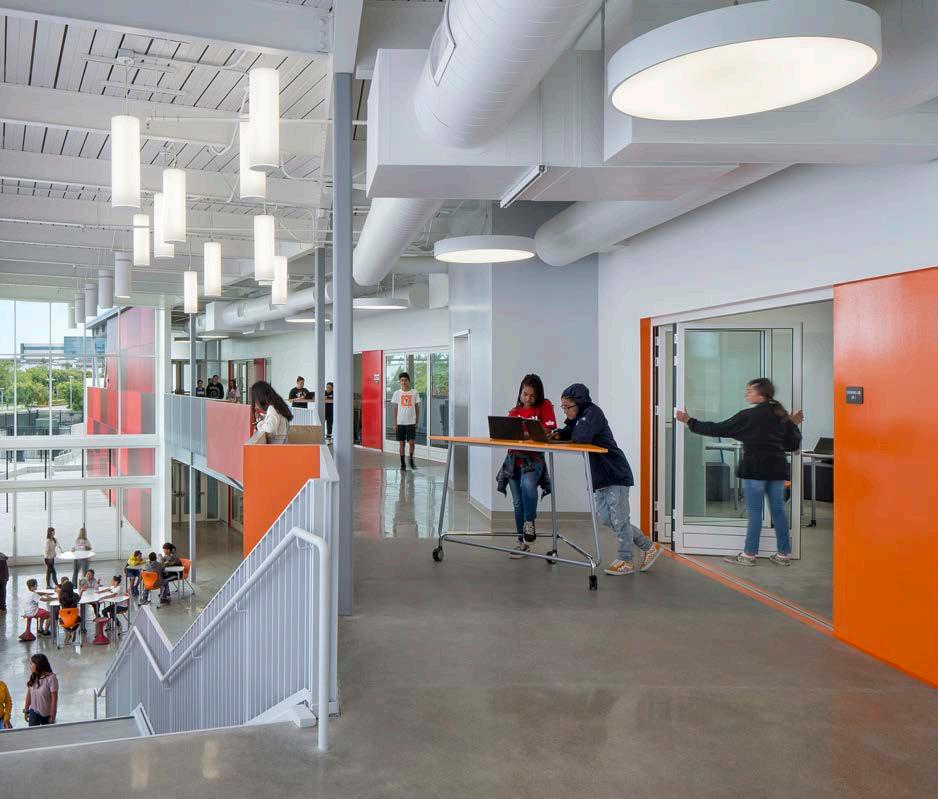
References:
Altenburg TM et al. (2015). Bouts and breaks in children‘s sedentary time: currently used operational definitions and recommendations for future research. Prev Med. 77: 1-3. doi:10.1016/j.ypmed.2015.04.019.
American Journal of Preventive Medicine (2016).
Banzer, W., Fuzéki, E. (2011): Körperliche Inaktivität, Alltagsaktivitäten und Gesundheit. In: LIGA.NRW (Hrsg.): Gesundheit durch Bewegung fördern. Empfehlungen für Wissenschaft und Praxis. LIGA.Fokus 12. Düsseldorf. S. 13–17.
Breithecker D, Mahli M (2008). Untersuchung zur Änderung der Oberkörperdurchblutung während des Sitzens auf Stühlen mit beweglicher Sitzfläche. Haltung und Bewegung, 5-12.
Breithecker D, Mahli M (2014). Wie viel Dynamik gestattet das dynamische Sitzen? Die Säule, 12-16
Burzynska AZ et al. (2014). Physical Activity and Cardiorespiratory Fitness Are Beneficial for White Matter in Low-Fit Older Adults. PLoS ONE 9(9): e107413.
Chastin SF et al. (2012). Relationship between sedentary behavior, physical activity, muscle quality and body composition in healthy older adults. Age Ageing 41(1): 111–114.
Dunstan DW et. al. (2012). Breaking up prolonged sitting reduces postprandial glucose and insulin responses. Diabetes Care 35(5): 976–983.
Ekblom-Bak E et al. (2010). Are we facing a new paradigm of inactivity physiology? Br J Sports Med 44(12): 834–835.
Haas C et. al. (2011). Komplexe Analyse kinematischer Merkmale des Sitzverhaltens auf unterschiedlichen Sitzmöbeln. Unveröffentlichter Projektbericht. Hochschule Fresenius, Idstein
Haly et al. (2017). A Cluster RCT to reduce worker’s sitting time: Impact on cardiometabolic biomarkers. Med Sci Sports Exerc.
Healy GN et al. (2008a). Breaks in sedentary time: beneficial associations with metabolic risk. Diabetes Care 31(4): 661–666.
Healy GN et al. (2008b). Objectively measured sedentary time, physical activity, and metabolic risk: the Australian Diabetes, Obesity and Lifestyle Study (AusDiab). Diabetes Care 31 (2): 369–371.
Ickes BR et al. (2000). Long-term environmental enrichment leads to regional increases in neurotrophin levels in rat brain. Exp Neurol 164(1): 45–52.
Higgins S et al. (2005). The Impact of School Environments: A Literature Review. https://www.researchgate.net/publication/232607630.
Katzmarzyk PT et al. (2009). Sitting time and mortality from all causes, cardiovascular disease, and cancer. Medicine and Science in Sports and Exercise, 41 (5), 998-1005.
Kempermann G et al. (1997). More hippocampal neurons in adult mice living in an enriched environment. Nature. Apr 3;386(6624):493-5.
Kubesch S (2008). Das bewegte Gehirn. Körperliche Aktivität und exekutive Funktionen. Hofmann, Schorndorf.
Kultusministerium Hessen (2014): Projekt Schnecke. Bildung braucht Gesundheit II. Online: (http://www.bildung-kommt-ins-gleichgewicht. de/index_htm_files/EvaSchneckeII.pdf).
Levine JA (2002). Non-exercise activity thermogenesis (NEAT). Best Pract Res Clin Endocrinol Metab 16(4): 679–702.
Mahlke W, Schwarte N (1997). Raum für Kinder. Ein Arbeitsbuch zur Raumgestaltung in Kindergärten. 4 Auflage. Weinheim und basel. Ministry of Education, Hessen Germany (2012). Project “Schnecke”.
Nike, Inc. (2013). Designed to Move. A Physical Activity Action Agenda.
Norretranders T (1997): Spüre die Welt. Die Wissenschaft des Bewusstseins. Reinbek.
Rojas Vega S et al. (2010). Effect of resistance exercise on serum levels of growth factors in humans. Horm Metab Res. 2010 Dec;42(13):9826. doi: 10.1055/s-0030-1267950. Epub 2010 Nov 4.
Schmid D et. al. (2014) Sedentary behavior increases the risk of certain cancers. Regensburg. Journal of national Cancer Institute.
Schöllhorn W (2015). Die Wirkung dynamischer Haltungskontrolle im Sitzen auf dem Swopper auf die Konzentrationsfähigkeit: Eine EEGStudie Johannes Gutenberg-Universität Mainz Fachbereich 02 –Sozialwissenschaften, Medien und Sport. Institut für Sportwissenschaft. Unveröffentlichtes Manuskript.
Siddarth P et al. (2018). Sedentary behavior associated with reduced medial temporal lobe thickness in middle-aged and older adults. https://doi.org/10.1371/journal.pone.0195549.
Tanner CK, Langford A (2003). The Importance of Interior Design Elements as They Relate to Student Outcomes. http://files.eric.ed.gov/ fulltext/ED478177.pdf (Zugriff am 17.08.17).
Tischler B, Atzwanger K (2000). Wasser als Gestaltungselement der Innenarchitektur beeinflusst das menschliche Wohlbefinden. In: Homo, Journal of Comparative Human Biology, 51, S. 133.
Tremblay M et al. (2010). Physiological and health implications of a sedentary lifestyle. In: Appl. Physiol. Nutr. Metab. 35 (6): 725–740.
Wheeler M et al. (2017). Sedentary behavior as a risk factor for cognitive decline? A focus on the influence of glycemic control in brain health. Elsevier Volume 3, Issue 3, 291-480.
Wilmot EG et al. (2012). Sedentary time in adults and the association with diabetes, cardiovascular disease and death: systematic review and meta-analysis. PubMed - indexed for MEDLINE.
Zimmermann M (1993). Das Nervensystem – nachrichtentechnisch gesehen. In R.F. Schmidt / G.

